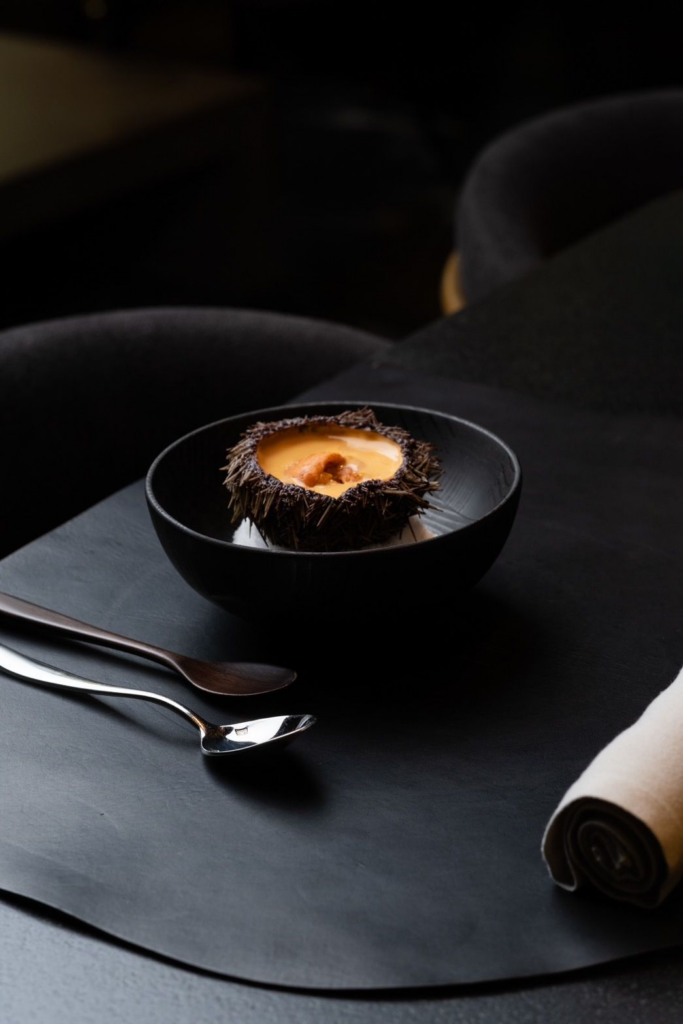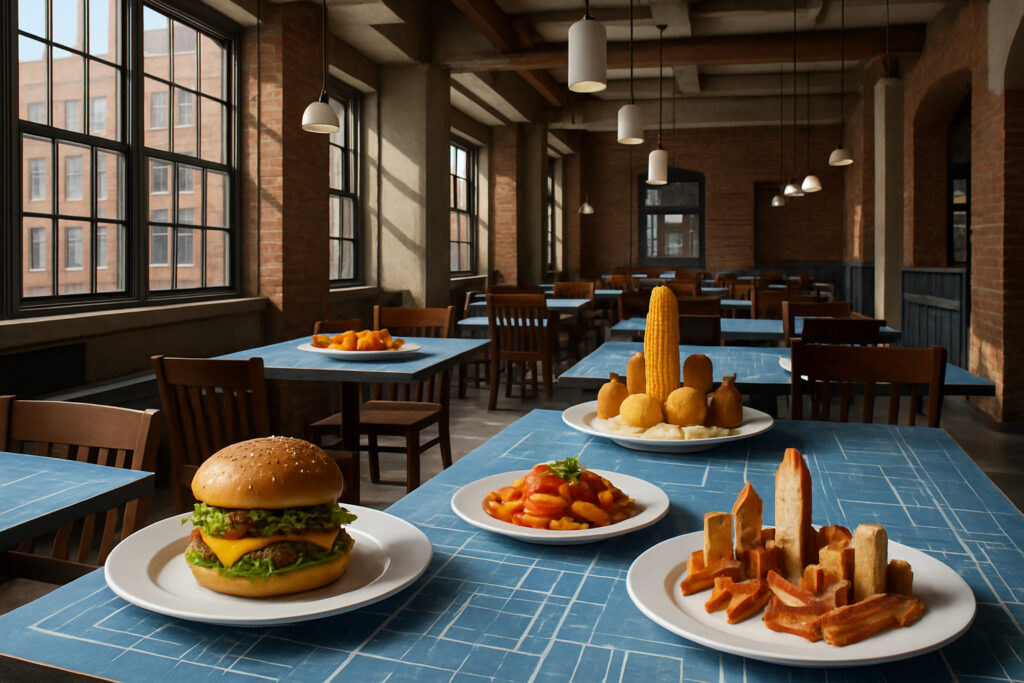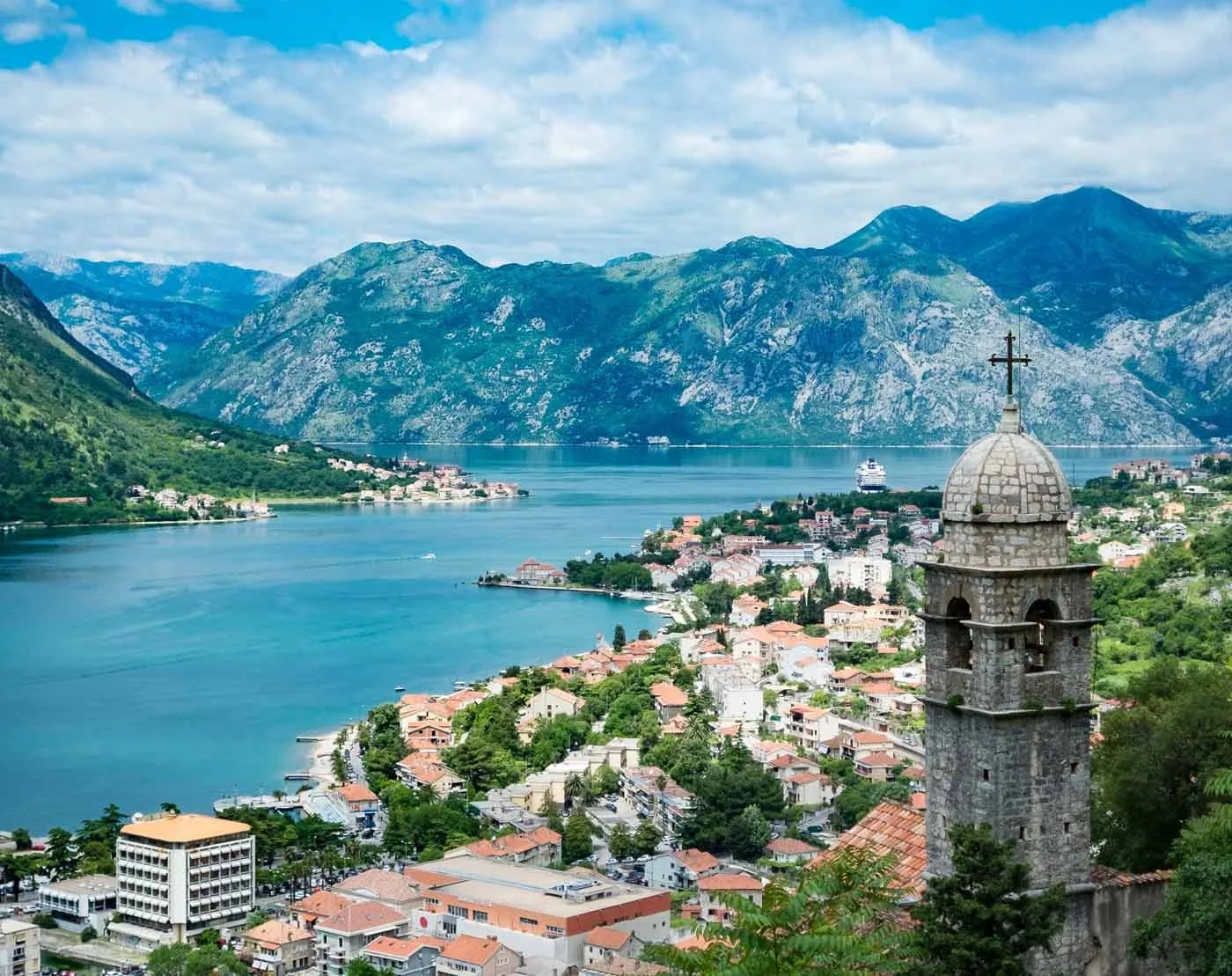The Edible Blueprint: Where Food Meets Architecture
Food and architecture are fundamentally connected in ways that shape our daily lives, cultural identities, and shared experiences. For those exploring this fascinating intersection, here’s what you need to know:
- Historical Connection: From ancient hearths to modern restaurants, the spaces where we prepare and consume food have evolved alongside human civilization
- Sensory Experience: Both disciplines engage multiple senses and create memorable experiences through materiality, proportion, and presentation
- Cultural Expression: Regional foods and building styles both reflect local resources, climate conditions, and cultural values
- Social Impact: Food spaces—from community kitchens to urban farms—can address challenges like sustainability and food security
The relationship between what we eat and where we eat it runs deeper than mere function. As Ferran Adrià, the renowned chef of elBulli, once observed: “Cooking is a language through which all the following properties may be expressed: harmony, creativity, happiness, beauty, poetry, complexity, magic, humor, provocation and culture.” The same could be said of architecture.
When we sit in a thoughtfully designed restaurant, the atmosphere improves our meal. When we gather around a kitchen island, the space shapes our interactions. These aren’t coincidences—they’re deliberate design decisions that transform eating from biological necessity into cultural ritual.
Spain’s FOODSCAPES exhibition at the 2023 Venice Architecture Biennale highlighted this relationship by examining what curator Eduardo Castillo-Vinuesa calls “bastard architectures”—the overlooked infrastructures like greenhouses, storage facilities, and distribution networks that make our food systems possible. These structures shape cities and landscapes more profoundly than we realize.
From ancient Roman cookshops to medieval banquet halls, from Chinese restaurants established around 1100 AD to contemporary urban farms, the places where food and architecture meet tell the story of human civilization itself.

A Shared History of Edible Spaces
The story of human civilization unfolds through the spaces where we’ve gathered to prepare, share, and savor food throughout history. This profound connection between food and architecture traces back to our earliest days as a species.
Origins of the Relationship
The humble hearth—a simple fire pit for cooking—stands as perhaps humanity’s first true architectural element. These primal cooking spaces became the beating heart of social life in early settlements, offering not just warmth and light, but changing raw ingredients into meals that nourished both body and community bonds.
As societies grew more complex, so did their food spaces. Ancient Romans created the thermopolium—essentially the world’s first fast-food counters—where busy citizens could purchase ready-made meals. These ingenious establishments featured counters with built-in terracotta jars (dolia) that stored various foods and drinks, showing how even ancient cultures understood the importance of integrating food service with thoughtful design.
Medieval feast halls represent another fascinating chapter in this evolving story. These grand banquet spaces weren’t just places to eat—they were theaters of power where nobility displayed their wealth and status. The soaring ceilings, carefully arranged long tables, and strategic seating plans reinforced social hierarchies while creating unforgettable communal dining experiences.
“The links between architecture and cuisine, which traditionally reveal the dominant flavors of a region, are breaking,” notes architectural historian Lance Hosey. It’s a profound observation—both disciplines emerged from local circumstances, using similar ingredients or materials, and mirrored the change of raw inputs into refined forms that delight the senses.
From Street Stalls to “Third Places”
Long before Parisian restaurants became the gold standard in the 18th century, Chinese cities had already mastered the art of dining establishments. By 1100 AD, metropolises like Kaifeng and Hangzhou—each with populations exceeding one million—boasted sophisticated restaurants complete with specialized menus, private dining rooms, and professional staff.
The evolution continued through European cafés and taverns of the 17th and 18th centuries. These establishments became what sociologist Ray Oldenburg would later term “third places”—vital social venues separate from home and work that nurture community connections and meaningful discourse.
Today, innovative restaurant concepts like the Dishoom chain in London demonstrate how storytelling through design lifts dining experiences. Each Dishoom location is crafted around a specific “founding myth” that influences every design detail, thoughtfully recreating moments from Bombay’s rich history through architecture, interior décor, and menu design.
“Regular public dining venues act as a vital ‘third place’ between home and work,” explains food anthropologist Robyn Metcalfe. These spaces do far more than feed our bodies—they weave the social fabric of our communities through shared meals and conversations that linger in memory long after the plates are cleared.

The Power of Food and Architecture in Experience Design
When food and architecture come together, magic happens. This powerful duo creates experiences that stick with us long after the last bite, engaging all our senses and creating moments that feel special, memorable, and deeply human.
Domestic Kitchens as Micro-Laboratories
Remember when kitchens were tucked away at the back of the house, hidden from guests? Those days are long gone. Today’s kitchen stands proudly as the heart of the home—a place where families gather, memories form, and culinary creativity flourishes.
The famous “work triangle” concept still guides many kitchen designs, creating an efficient pathway between refrigerator, sink, and stove. But modern kitchens do so much more than facilitate cooking. They’ve become social hubs where architecture directly shapes how we interact around food.
Kitchen islands have transformed from simple work surfaces to gathering spots where kids do homework while parents prepare dinner. Open floor plans have blurred the lines between cooking and living spaces, allowing conversations to flow freely. And technology is taking things even further—smart countertops can now display recipes, adjust heights for different family members, or monitor cooking temperatures.
We’ve noticed at The Dining Destination that even travelers now seek accommodations with thoughtfully designed kitchens. Even on short trips, people want to experiment with local ingredients, connecting more deeply with a destination’s food culture beyond restaurant meals.
Public Dining Rooms & the “Theatre of Taste”
Restaurant design has evolved into something truly theatrical. The best dining spaces don’t just house great food—they improve it, becoming active participants in the meal rather than passive containers.
“Interior decorations and spatial configurations contribute as much to the experience as the food itself,” notes food writer Lance Hosey. And he’s absolutely right. Think about your favorite restaurant—chances are its atmosphere plays a huge role in why you keep returning.
Successful restaurant designers pay careful attention to lighting, creating pools of warmth that highlight the food while making diners feel like they’re in their own intimate world. They consider acoustics, using materials that absorb sound so you can actually hear your dining companions. They select tactile surfaces that complement the cuisine’s character—rough-hewn wood for rustic fare, sleek marble for precise, modern dishes.
Privacy gradients matter too. The best dining rooms offer varied seating arrangements, from social community tables to secluded nooks for intimate conversations. And narrative elements—design details that tell a story about the food’s origins—help create a cohesive experience that feels intentional and meaningful.
As YACademy’s food-architecture program beautifully puts it: “Architecture serves as a theatre for gastronomic experiences, not merely a functional shelter.” In this theatre, every meal becomes a multisensory performance.

Collaborations Between Chefs & Architects
Some of the most exciting innovations happen when culinary and design professionals join forces:
The Basque Culinary Center in San Sebastian, Spain showcases this beautifully. Designed by BIG (Bjarke Ingels Group), this 9,000 m² culinary research hub features stacked, terraced volumes that resemble stacked plates. The architecture itself inspires the food innovation happening inside.
Ukrainian pastry chef Dinara Kasko brings her architectural background directly to the plate. Her geometric desserts function as edible sculptures—precisely calculated forms made from chocolate, mousse, and cake that look almost too perfect to eat.
At Expo Milano 2015, Carlo Ratti’s Future Food District created a 7,000 m² pavilion where architecture became an information vehicle. Its façade featured mechanical plotters displaying real-time data about food origins, changing the building itself into an educational tool about our food systems.
The playful duo Bompas & Parr create large-scale architectural jelly structures that wobble between food and art. These colorful, trembling monuments show how architectural thinking can transform even the most humble dessert into something extraordinary.
These collaborations reveal something important: when the creative processes of cooking and building inform each other, both disciplines reach new heights. At The Dining Destination, we’re fascinated by these intersections—places where food becomes more architectural, and architecture becomes more delicious.
Infrastructures That Feed the City
Behind every delicious meal we enjoy lies a vast network of what experts call “bastard architectures”—those often-overlooked buildings and infrastructures that make our food systems possible. These structures profoundly shape our landscapes, cities, and environment in ways we rarely consider when taking that perfect Instagram shot of our dinner.
“Food infrastructures shape cities and the Earth’s crust more radically than any energy source, yet are neglected in architectural discourse,” explains Eduardo Castillo-Vinuesa, the thoughtful curator behind the eye-opening FOODSCAPES exhibition.
Landscapes of Production & Distribution
When we think about architecture, we rarely consider farmland—but agricultural landscapes represent one of humanity’s most dramatic modifications of the natural environment. From the breathtaking terraced rice fields cascading down Asian mountainsides to the almost unnervingly geometric precision of American corn farms stretching to the horizon, food and architecture begin their relationship long before ingredients reach any kitchen.
In southern Spain, something remarkable has happened—vast greenhouse complexes known affectionately as “the sea of plastic” have transformed the landscape so dramatically they’re visible from space. Covering more than 30,000 hectares in Almería province, these structures supply Europeans with fresh tomatoes and cucumbers year-round, effectively making Spain “a significant food engine for Europe and a strategic laboratory for sustainable food systems.”
The distribution infrastructure is equally impactful but often invisible to consumers: massive cold storage facilities keeping produce fresh, processing plants changing raw ingredients, wholesale markets buzzing with pre-dawn activity, and the complex transportation networks connecting them all. According to the Food and Agriculture Organization (FAO), “the current food system is responsible for up to 30% of global greenhouse gas emissions, much of which is related to production, transportation, and storage infrastructure.” That carbon footprint shows up on no menu, yet it’s part of every meal.

Urban Agripuncture & Community Kitchens
As awareness of food miles and environmental impacts grows, cities are getting creative, weaving food production directly into urban fabric through what designers cleverly call “urban agripuncture”—targeted agricultural interventions that revitalize communities while improving access to fresh food.
The examples around the world are both inspiring and beautiful. Shanghai’s Sunqiao Urban Farming District spans 100 hectares and integrates vertical farming towers, research facilities, and public education spaces in a stunning example of agricultural urbanism. In Rotterdam’s harbor, the innovative Floating Farm Dairy houses actual cows above water, producing milk while educating city dwellers about food production—architecture that serves both practical and educational purposes.
Athens offers another approach with Synestiasis Athens, a community kitchen project featuring modular steel structures that can be assembled and disassembled as needed, creating spaces that integrate greenhouse production, food processing, and communal dining right in public spaces. Meanwhile, community kitchens are emerging as vital social infrastructure in cities worldwide, particularly in neighborhoods where people have limited access to cooking facilities or fresh ingredients.
“Urban ‘agri-puncture’ proposes targeted agricultural interventions in cities to revitalize communities and improve food access,” explains urban farming advocate Dickson Despommier with infectious enthusiasm. These projects show how food production can be beautifully woven into city life, creating new architectural forms that nourish both bodies and communities.

Case Study: FOODSCAPES Exhibition
The FOODSCAPES exhibition at the 2023 Venice Architecture Biennale stands as perhaps the most thoughtful exploration of food and architecture in recent years. Curated with passion by Manuel Ocaña and Eduardo Castillo-Vinuesa, the exhibition examined Spain’s rich agro-architectural landscape to address pressing global food system challenges.
At the heart of the exhibition was the fascinating concept of “Total Recipes”—documents that trace the entire infrastructural chain behind a dish, not just the cooking steps. Imagine a recipe that doesn’t just tell you how long to roast your chicken, but shows you the entire journey from farm to table, revealing all the hidden architectures that make your dinner possible.
The exhibition also introduced the wonderfully descriptive term “bastard architectures” to describe those overlooked food infrastructures—greenhouses, cold chains, and even wastelands—that profoundly shape our environment but rarely receive the architectural attention they deserve.
“By examining local Spanish practices, FOODSCAPES reveals how supply chain disruptions from war and climate crises are interconnected, emphasizing local insights as stepping stones for global food-security solutions,” the curators explained with conviction.
The exhibition cleverly used film as an accessible medium to communicate complex agro-logistic processes, with five engaging thematic short films illustrating different aspects of the food system. This approach made the invisible architectures of food visible and understandable to visitors who might never have considered the buildings behind their breakfast.
For those interested in exploring these concepts further, the MIT Press Bookstore offers excellent resources on the intersection of food systems and architectural design.
At The Dining Destination, we’re fascinated by these hidden connections between what we eat and the built environment that makes it possible—connections that add a whole new dimension to culinary travel experiences.
Future Crossroads: Technology, Ethics, and Sustainability
The relationship between food and architecture is entering an exciting but challenging new era. As our planet faces mounting pressures from climate change, growing populations, and dwindling resources, this intersection becomes not just interesting but essential for creating sustainable futures.
Think about this: by 2050, we’ll need to produce 60% more food to feed 9.3 billion people. And we’ll need to do it without depleting our already strained natural resources. This isn’t just a food production challenge—it’s an architectural and design challenge too.
Emerging Typologies
Innovative building types are sprouting up in response to these challenges, changing how we grow, distribute, and experience food:
Vertical farms are revolutionizing urban agriculture with their multi-story indoor growing facilities. These space-efficient structures can reduce water usage by up to 95% compared to conventional farming while bringing food production directly into urban centers. They’re not just functional—they’re becoming architectural landmarks in cities worldwide.
Food tech hubs serve as creative laboratories where scientists work alongside chefs and designers. In these collaborative spaces, teams develop everything from lab-grown proteins to novel preservation techniques that could transform our food system. The architecture of these spaces deliberately encourages cross-disciplinary interaction.
Climate resilience is driving the development of smart distribution centers that use automation and precise inventory management to reduce food waste. Meanwhile, climate-adaptive food infrastructure is being designed specifically to withstand extreme weather events while maintaining food security for vulnerable communities.
These new building types often incorporate cutting-edge technologies like 3D food printing, which creates customized food with precise nutritional profiles, and data-driven design using environmental sensors and AI to optimize growing conditions. Innovations in edible bioplastics are creating packaging from food byproducts, while circular waste systems transform what was once considered garbage into valuable inputs.
As Carlo Ratti from MIT’s Senseable City Lab beautifully puts it: “The goal is not just about designing better buildings; it’s about understanding and engaging with the broader social, cultural, and environmental contexts in which food is produced and consumed.”

Ethical & Philosophical Analogies
Beyond the practical applications, the food and architecture relationship raises fascinating philosophical questions that make us think deeply about how we create and consume.
Both fields are wrestling with the balance between craft and automation. When a chef prepares a dish by hand or an architect sketches a concept rather than relying entirely on technology, they’re participating in what philosopher David Pye calls the “workmanship of risk”—processes where the outcome depends on human judgment, dexterity, and care.
There’s a beautiful concept called “thinking with things” that applies equally to cooking and building. Food philosopher Lisa Heldke notes that “both cooking and architecture are forms of ‘thinking with things’ rather than about things. The creative process in both disciplines relies on an emulsion of knowledge (rational) and sapience (sensuous).” You see this when a chef adjusts a recipe by taste or when an architect modifies a design based on how light fills a space.
The ancient Greeks understood this connection too. Pythagorean proportions weren’t just for buildings—Pythagoras applied the same principles of harmony and proportion to diet and architecture, seeing them as parallel expressions of cosmic order.
More recently, architectural theorist Kenneth Frampton’s concept of critical regionalism—which emphasizes local context and cultural identity in architecture—finds its culinary parallel in the slow food movement’s celebration of local ingredients and traditional techniques.
These philosophical connections remind us that as we reimagine our food systems, we must simultaneously rethink the built environments that house them. They’re not separate challenges but intertwined aspects of creating a more sustainable, equitable, and delicious future.
The CLIMAVORE project by Cooking Sections exemplifies this integrated thinking by proposing an entirely new way of eating that responds to climate change—shifting our diets based on environmental conditions rather than seasonal availability alone. Their installations and dining experiences demonstrate how architecture and food can work together to address our planet’s most pressing challenges.
Frequently Asked Questions about Food, Cities, and Design
How can architecture improve food security?
Architecture plays a crucial role in strengthening food security, touching our communities in ways many of us never consider.
When buildings incorporate growing spaces like rooftop greenhouses and vertical farms, they bring food production directly into our neighborhoods. This proximity isn’t just convenient—it creates resilience. At The Dining Destination, we’ve watched cities transform vacant lots into productive community gardens, creating not just fresh produce but also stronger social bonds.
Thoughtful urban planning addresses the challenge of food deserts by ensuring all neighborhoods have access to fresh food within walking distance. The architecture of distribution matters too—decentralized food storage facilities help communities weather supply chain disruptions, whether from climate events or other crises.
Some of the most exciting projects we’ve encountered, like Bangkok’s Thammasat Urban Rooftop Farm, show how buildings themselves can become productive landscapes. This 22,000 square foot rooftop farm doesn’t just grow food—it manages stormwater, reduces urban heat, and creates community space, addressing multiple urban challenges simultaneously.
Multi-purpose public spaces that can host farmers’ markets, cooking demonstrations, or food education programs create vital social infrastructure around food access. These flexible designs recognize that food security isn’t just about production—it’s about knowledge sharing and community resilience.
Why are multisensory dining rooms trending?
The rise of multisensory dining spaces reflects our deepening understanding of how we experience food—it’s never just about taste alone.
As we increasingly value experiences over possessions, restaurants are creating immersive environments that engage all our senses. The science of neurogastronomy has confirmed what great restaurateurs have always known intuitively: everything from lighting and background music to tableware profoundly influences how we perceive flavor.
“The notion of a ‘founding myth’ informs every design detail in narrative-driven restaurants,” explains design consultant James Biber. This storytelling approach creates coherent, immersive experiences that connect diners to cultural traditions and food heritage.
In competitive restaurant markets, distinctive design helps establishments stand out. The social media impact can’t be overlooked either—visually striking spaces create those “Instagrammable” moments that drive word-of-mouth marketing in our digital age.
What fascinates us at The Dining Destination is how these multisensory environments deepen our appreciation of cuisine. When a restaurant’s architecture and interior design thoughtfully reflect the cultural context of the food being served, diners gain a richer understanding of culinary traditions.
Will 3D printing change how we cook and build?
3D printing is already reshaping both our kitchens and our skylines, with the most exciting innovations happening at the intersection of food and architecture.
In the culinary world, 3D printing allows chefs to create customized nutrition profiles custom to individual health needs—imagine a perfectly balanced meal designed specifically for your body’s requirements. The technology enables intricate geometric forms impossible to create by hand, while reducing food waste through precise material usage.
For architects and builders, 3D printing offers similar advantages: reduced construction waste, complex biophilic forms inspired by natural structures, and on-site fabrication that minimizes transportation impacts. The ability to customize without increased labor costs opens new possibilities for sustainable building.
What’s truly fascinating is where these technologies converge. Pastry chef Dinara Kasko creates architectural desserts using 3D-printed molds, merging culinary art with architectural precision. Meanwhile, researchers are developing building materials from food byproducts, further blurring the boundaries between what we eat and where we live.
“The Golden Age of 3D Printing is bringing innovations that change both industries,” notes materials scientist Neri Oxman. “We’re moving toward a future where the distinction between growing food and building structures may become increasingly fluid.”
This convergence suggests a future where the skills of chefs and architects might increasingly overlap, creating new possibilities for sustainable, beautiful, and nourishing environments.
Conclusion
The relationship between food and architecture isn’t just an interesting concept to explore—it’s a critical framework that helps us address some of our most urgent global challenges. This powerful connection touches everything from climate action to social justice, from preserving cultural heritage to embracing technological innovation.
Here at The Dining Destination, we’ve finded that understanding how food and buildings interact deepens our appreciation of both culinary and architectural experiences. When we travel for food, we’re seeking more than just delicious flavors—we’re craving the complete sensory environment that transforms a simple meal into an unforgettable memory.
Think about it: the centuries-old trattorias of Rome with their vaulted ceilings and worn marble counters, the sleek modernist restaurants of Copenhagen where design reflects culinary philosophy, or the vibrant street food markets of Bangkok where architecture creates the perfect stage for culinary theater. Each demonstrates how deeply our experience of food is shaped by the spaces where we enjoy it.
Looking toward the future, this relationship will only grow more vital. Feeding 9.3 billion people by 2050 while tackling climate change demands creative solutions that bridge traditional disciplines. The most promising approaches recognize that food systems and built environments aren’t separate domains but deeply interconnected aspects of human culture. Architects, chefs, farmers, and scientists must collaborate to create new models of production, distribution, and consumption that sustain both people and planet.
By designing with this connection in mind—whether it’s a simple dining table or an entire city—we can create spaces that truly nourish both body and spirit.
We invite you to explore these fascinating connections in your own food journeys. Pay attention to how the architecture around you shapes your dining experiences. Consider how your kitchen’s design influences your cooking habits. And when you travel, seek out places where food and architecture come together in particularly harmonious or innovative ways.
After all, both great chefs and visionary architects understand that the most satisfying creations engage all our senses while honoring the cultural contexts that give them meaning. That’s not just good design—it’s good living.







